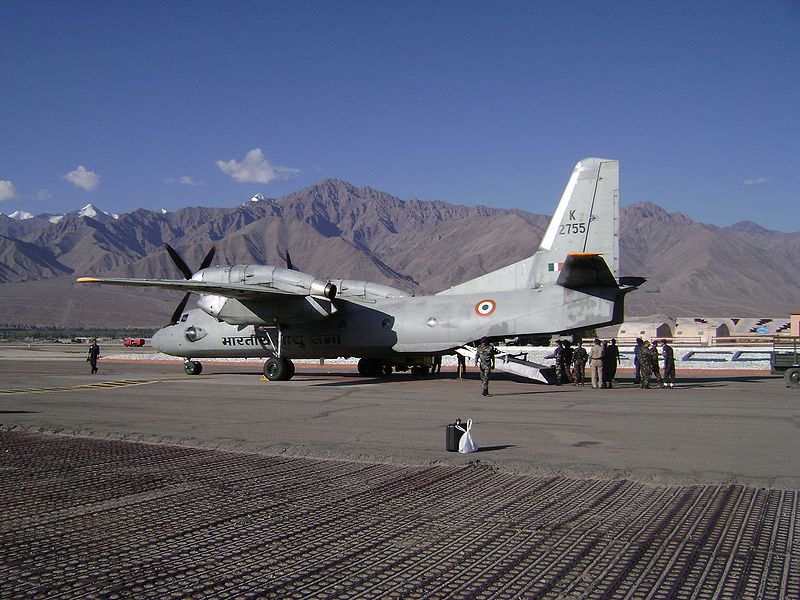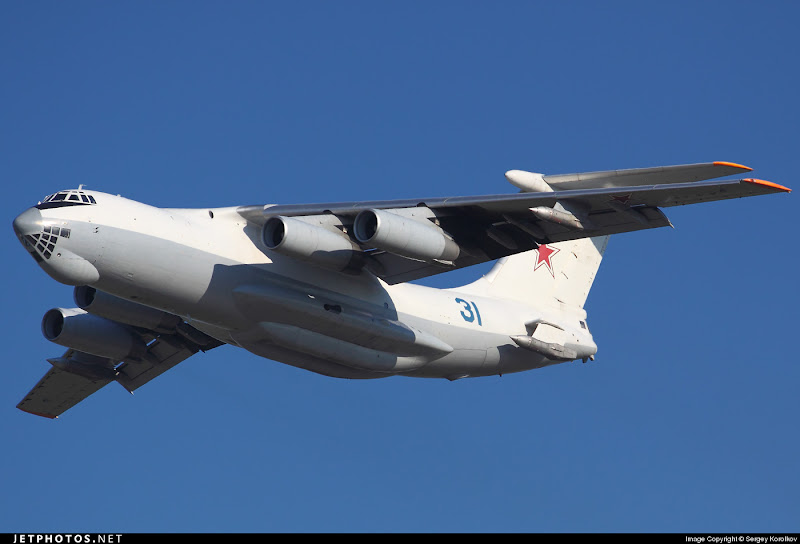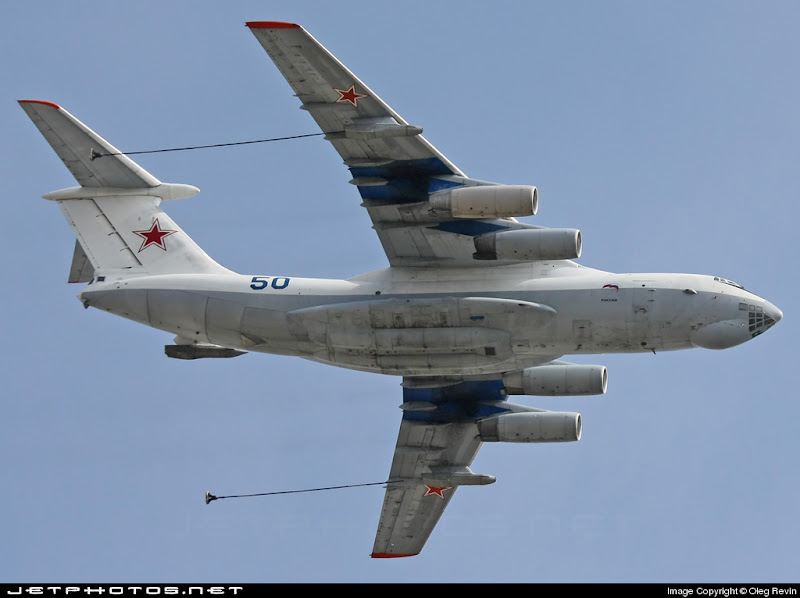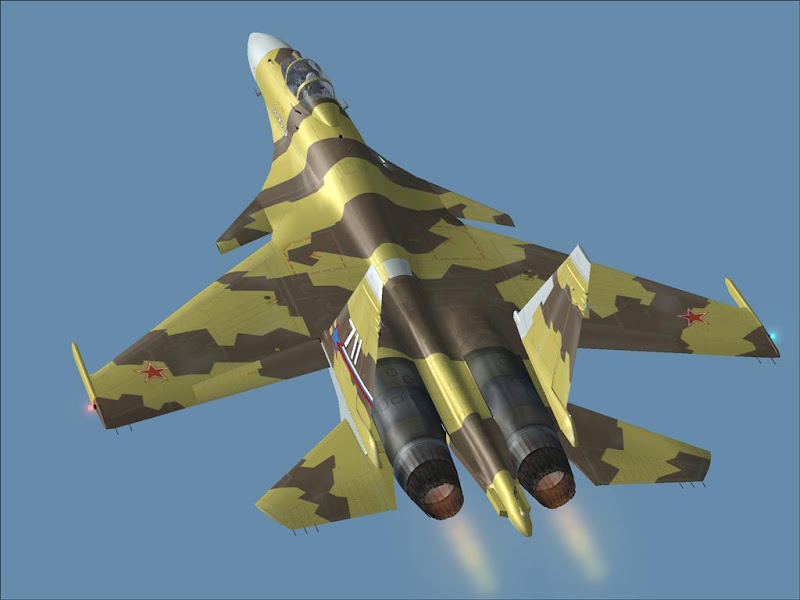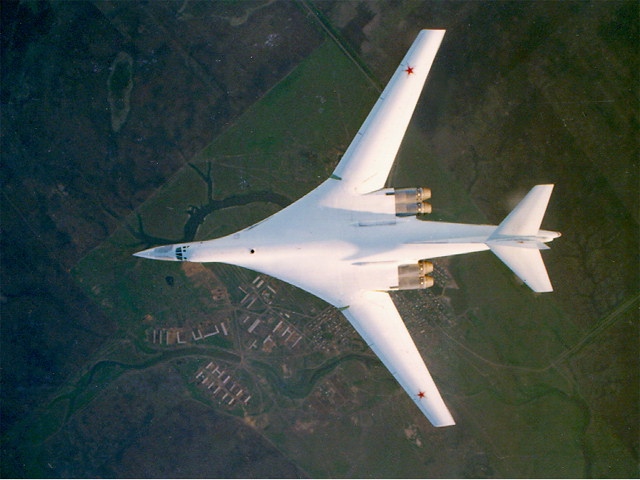The An-70 belongs to a new category of short takeoff and landing tactical military transports. The Antonov-70 is a new propfan powered medium-size wide-body short take-off and landing transport aircraft designed a replacement for the An-12 'Cub'.
The An-70 is capable of carrying practically any item from military armament and equipment nomenclature with a total weight of up to 47 t. The aircraft is capable of delivering 20-35 t of cargo over the range of 5,000-6,600 km at cruising speed of 750 km/h, air dropping of personnel and vehicles as well single cargoes of up to 20 from each high and low altitudes, delivery of 300 troopers and evacuation of 206 wounded and sick.
The Antonov An-70 is powered by four Ivchenko Progress D-27 three-shaft propfan engines. every engine will produce 10,350kW of output power. FADEC compatible, the D-27 engine is fitted with two remote gearboxes, a single stage compressor, a four stage low pressure turbine and a jetpipe.



